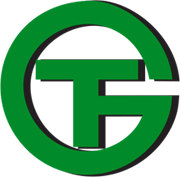General Timber builds and maintains agricultural/horse fences. By offering Creosote Pressure Treatment or CCA for a practical, maintenance-free style, General Timber’s fences last longer than most—typically several decades.
If you’ve never lived on farmland and aren’t sure if and where you need a fence, here are some thoughts on the subject.
First up, fences are great for keeping animals contained in the area you want them to be. There are different sizes and shapes that work well for different sized animals—one kind of fence works best for horses, while another works well for a pig pen. General Timber is known for its superb horse fences in particular.
Next, if you’re growing vegetables and other food in a garden on your property, a fence is a good way to keep animal (and human!) intruders out. You don’t want someone or something eating or stealing all the food you’re attempting to grow and harvest.
Finally, it’s a good idea to put your barns, storage sheds and run-in sheds inside a fence. Do you want to have the burden of opening and closing the fence door every time you want to go in and out of an area to get to your barn or shed? No you do not! Additionally, a fence around the horse’s home will provide them with a better understanding of their boundaries, keeping them safe in the process.
General Timber offers a variety of services that include horse fencing, board fencing, horse corral, fence installation, fence coatings and paintings, and more. Contact them at 800-742-6213 with any inquiries you may have.



